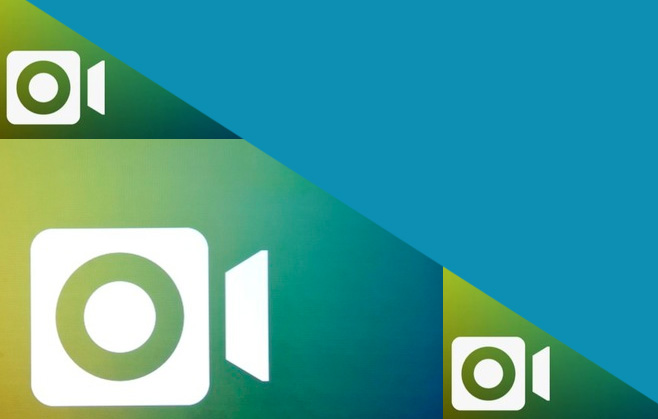
Instagram steals thunder!
Video for Instagram is here, and boy is it good! “Videogram”, as it has been termed, was something we at The Practice predicted a while back, and so far, it has not failed to disappoint. But what will this mean for Vine? Will Instagram video’s novelty ever wear off, or has it eclipsed all other video platforms for good?
As soon as Facebook announced its launch, we spent our Thursday evening testing out the new service and weighing up its merits with Vine’s attributes. Automatically, it’s difficult not to prefer video for Instagram given its allowance for fifteen-second videos as opposed to six, the addition of thirteen new filters, its sharper camera resolution and image stabilisation- (shaky hands will no longer be an issue!). These four factors are all agreeable to the amateur videographer wishing to add an air of sleek professionalism to posts; this is of course highly enticing when compared to the intense feelings of vulnerability Vine creation produces in simply knowing there’s nowhere to hide. Like Vine though, there’s the same stop-start motion feature, sound capacity, and sharing to other social sites too, although Instagram allows sharing to email, whereas Vine doesn’t. However, functionality slightly loses out to Vine due to the fact that videos don’t loop, nor are they embeddable- something we believe means Vine will still have the edge for businesses looking to showcase videos on their blogs or home sites.
Where users are concerned though, The Practice team agrees that while Instagram’s fanbase will love the notion of beautifying videos, some might be unwilling to spoil their run of artistic shots with video posts. After all, this is a crowd well versed in capturing a single great shot: will they really want to risk ruining their photographic reputations with a less than perfectly produced videogram? Despite the fact that Instagram’s new video functionality also allows users to choose their favourite frame as a cover photo, we propose one solution to maintain cohesion might be to enable all profiles with two separate feeds: one for images and one for videos. This way, users will still have control over how their profiles look, and keep their identities as videographer and photographer separate- (it might seem petty but we know many Instagrammers who take their work and accounts seriously enough for this to present an issue!)
If Instagram’s video feature draws escalating user numbers, (as it will do), how will this affect the rest of the industry? We believe that there are enough differences between Vine and Instagram video to ensure that the former still occupies an important role, even if growth might be slowed. For one, Vine will appeal to brands due to full Twitter card support meaning each video is immediately shared on the platform. Secondly, as mentioned before, Vines have the edge of being embeddable on other sites and blogs, enabling swift cross-promotion for businesses. For users, Vine has already established a strong band of devotees who we think are unlikely to give up their successful accounts in favour of Instagram. This group are also different from Instagram fans in the fact that they enjoy the challenge that a six-second video offers, and working without filters, other cinema features, and less allowance for edibility also heightens this challenge. In short, Vine has niche appeal for creatives to Instagram’s mainstream focus.
But what about others, such as Cinemagram, Viddy, Socialcam, and Keek? Vine, with a fan base of 10.7 per cent of iPhone users per month, is the clear frontrunner to challenge Instagram, as the other four comprise just 3 per cent of the video-sharing market. In total, it’s evident that video is a crowded space, but it’s a small one too, allowing Instagram to storm in and occupy a dominant position. But while this might cause dwindling figures amongst the original four video platforms, can it really hurt Vine’s sharply increasing success rate in the long run?
Video for Instagram certainly creates strong competition for the likes of Vine, but at this early stage we can’t conclude if it will become a real threat. As ever though, Vine has been quick to reveal its own updates including a new interface, categorisation for discoverable content, functionality for users to work on more than one video at the same time, and private messaging, which might also soon be a feature. Currently, the only updates include minor bug fixes but we’re sure it won’t be long until the app’s new features begin to roll out in the wake of “Videogram” hype. Vine is feeling the heat, and we at The Practice will certainly be waiting with bated breath to see how the app develops over the next few months.
Have you been quick to update your Instagram app for video-posting purposes? And do you think its new video feature posts a threat to other video-sharing platforms? We’d love to see your new videos and hear your thoughts on Instagram’s updates. So please tweet to us @PracticeDigital and share your shots and reviews on our Facebook page.




